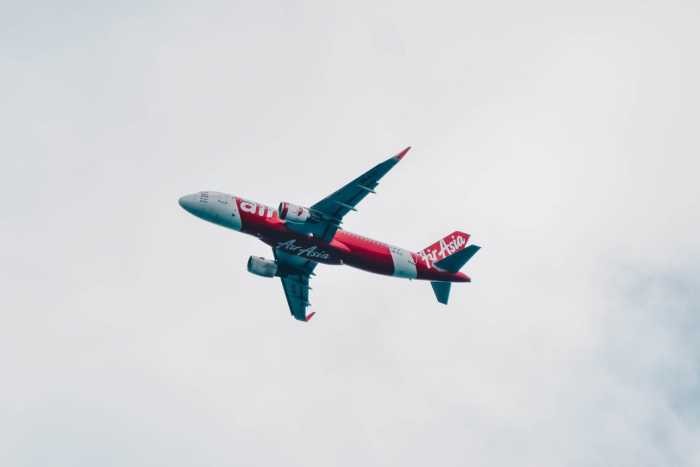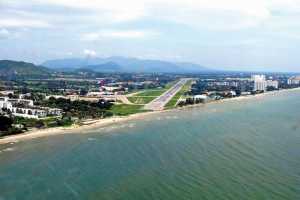
Nan Destination Guide

Nan, in the North of Thailand and one of the most tranquil and undisturbed provinces, sharing a long border with Laos it is home to many Thai Lue and other hill tribes who hold on to interesting and fascinating local customs and traditions. Yao are predominantly seen here, as are Hmong, N’tin and Khamu, the last two tribes found in Thailand almost exclusively in Nan province. Tucked away in a fertile valley the rural province has a nostalgic air and demonstrates what rural Thailand used to look like. Rice and fruit cultivation are important crops here and reach far across the wide Nan river valley.
With its perfect location Nan can provide nature treks and tours that are more isolated and individual than in the more tourist areas, such as Chiang Mai and Chiang Rai, paths are less beaten and the experience more intense. Tours can be booked for up to 3/4 days and can include white-water rafting, elephant riding and visiting the rare hill tribe communities.
At one time Nan National Museum was the palace of the last two Feudal Lords of Nan and is now one of Thailand's most up to date provincial museums. Exhibits on display recount the town's history, art throughout the ages, local architecture, royal regalia, archaeology, weapons, ceramics and numerous ancient objects the most famous of which is the Blank Ivory. It also supplies anthropological information on the northern indigenous people including the several minorities local to Nan; Thai Lue, Htin, Khamu, Mabri, Hmong and Mien.
Opposite the Nan National Museum is Wat Phra That Chang Kham. Its main attributes are the sculpted elephants decorating the Chedi, a Sukhothai influence. Stones with ancient Thai scripts relating the alliance between the kings of Nan and Sukhothai when Nan was still an independent state have been found here and there is an ancient golden Buddha enshrined in the Viharn.
King of Nan’s Teak House was built in 1866 with golden teak and restored in 1941. The house is now the abode of Chao Sompradhana Na Nan. On exhibition are heritage antiques such as ancient weapons, war elephant ivory and photographs by King Rama V.
Wat Phumin is Nan’s most famous and interesting wat with a unique design and a good example of Thai Lue architecture. The building has 4 entries and houses both the Bot and Viharn. Four Buddha images with their backs against one another are installed in the main hall facing the four directions. Built over 270 years ago, Wat Phumin had a major restoration in 1867; it is thought that the wall murals were commissioned during this time. The Thai Lue style wall paintings are considered extremely valuable and depict legends relating to the Lord Buddha, as well as local legends.
Wat Phra That Chae Haeng is an ancient religious site of Nan province. Once the centre of the old town it was moved to its present location in about 1368. Set in a square, walled enclosure on top of a hill with a view of Nan and the valley, it holds a 55 metre high golden chedi containing a Holy Relic from Sukhothai. The Thai Lue influenced bôt features a triple-tiered roof with carved wooden eaves and dragon relief’s over the doors.
The Golden Orange and Red Cross Fair is held once a year in December at the Provincial Stadium. A famous crop of Nan Province, the golden orange has a golden peel and sweet taste; the oranges gold colour results from the difference in temperature between day time and night time. There are beauty contests, Golden orange parade contest and lots of other fun.
The Traditional Boat Race is held in Oct/Nov each year when the Nan River is at its fullest. It is included in the celebrations of the Black Ivory and the local Kathin ceremony. Long-boat racing is one of the traditional rites which commemorate the end of the Buddhist Rains Retreat and is considered a national sport; its history can be traced back to the Ayutthaya period, some 600 years ago. Racing boats are typically constructed from dugout tree trunks and can hold up to 60 oarsmen; the boats are brilliantly decorated with bright, colourful designed prows. People crowd the banks of the river to cheer the boats on.






